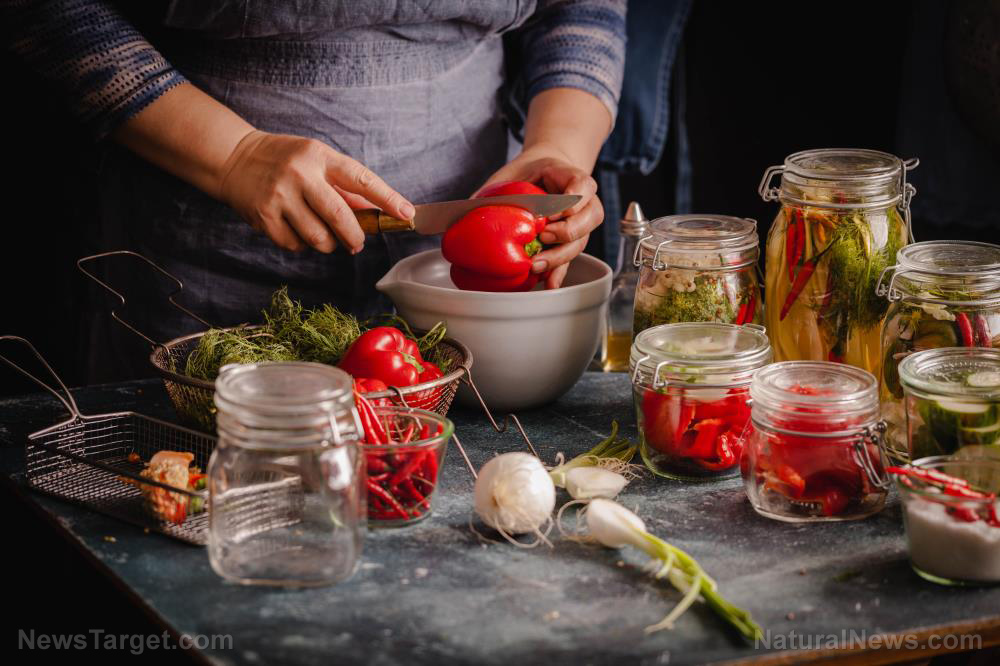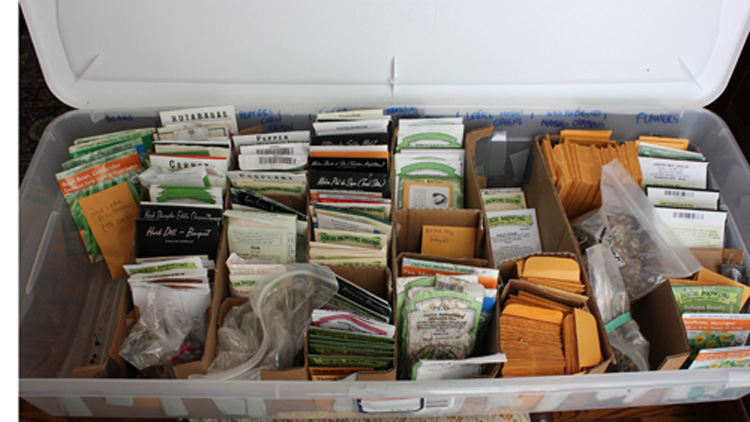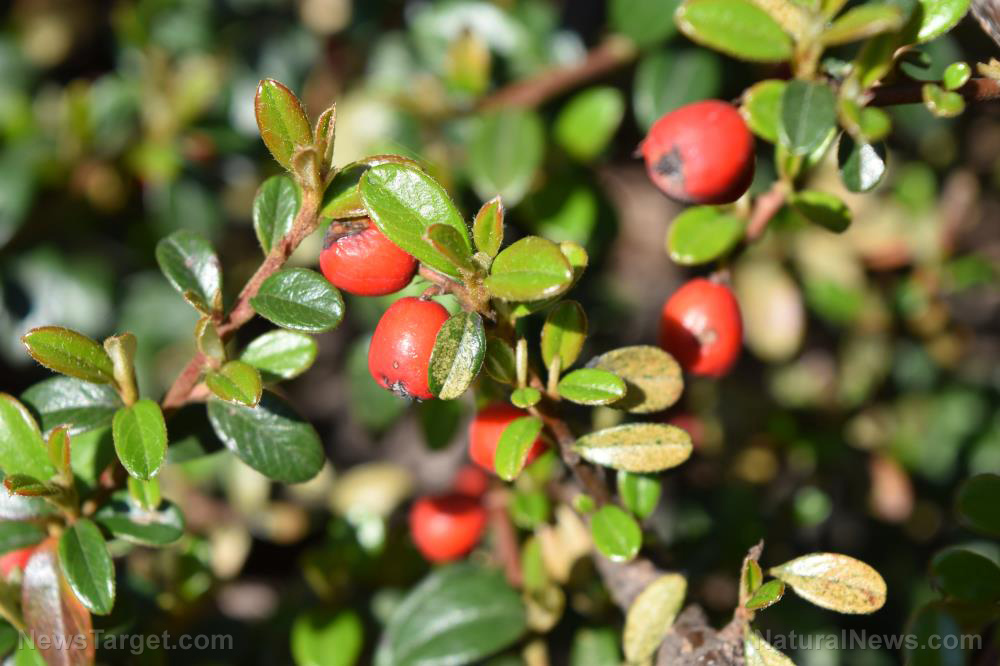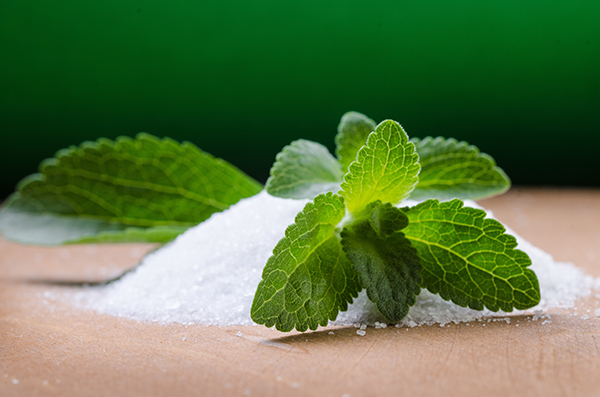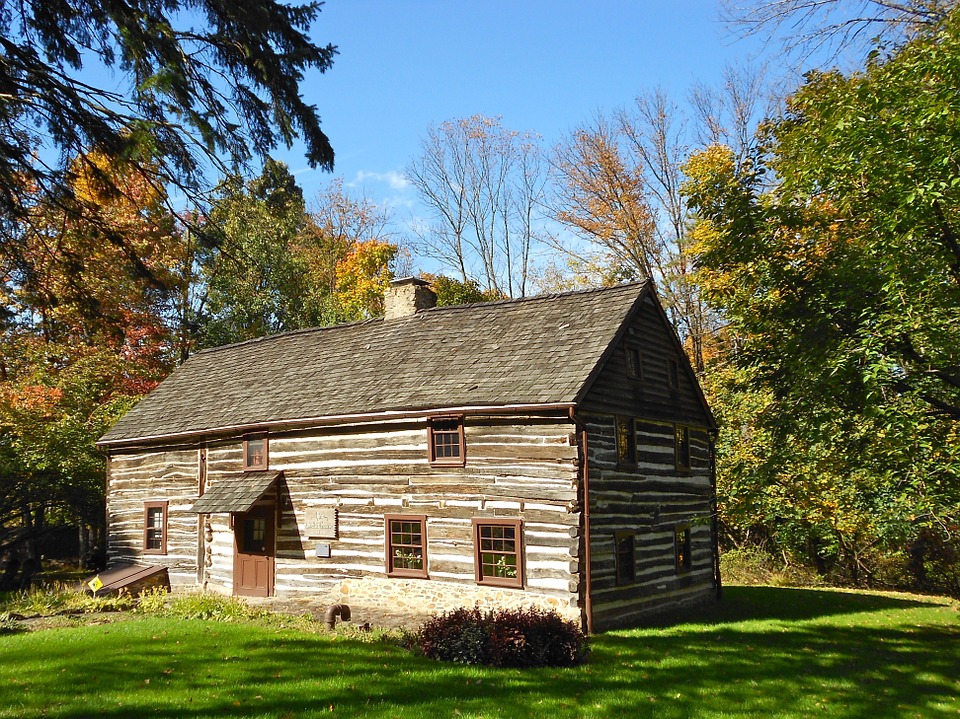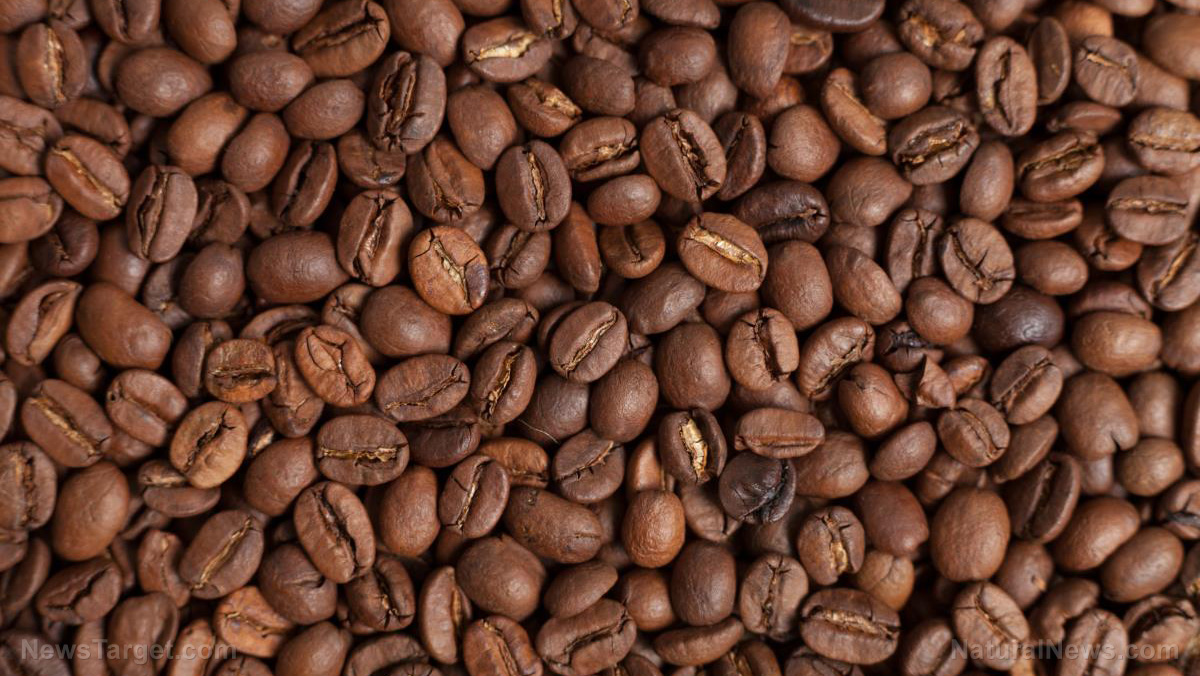Prepper foraging tips: 6 Wild lettuce lookalikes to avoid
04/19/2022 / By Zoey Sky

Foraging is an important survival skill, especially if you spend a lot of time outdoors and rely on foraging to get more food for your supplies. When foraging, you also need to distinguish similar-looking plants from each other to avoid poisoning yourself by harvesting the wrong plant.
When foraging for wild lettuce, watch out for lookalikes such as prickly lettuce or stinging nettle. (h/t to TheHomesteadingHippy.com )
Wild lettuce (Lactuca virosa) is a plant that’s technically a weed. A member of the dandelion family, wild lettuce has been used in traditional medicine for centuries.
Health benefits of wild lettuce
Wild lettuce is said to have sedative and pain-relieving (analgesic) effects. Additionally, it’s commonly used as a natural remedy for stress and chronic pain.
The plant contains two compounds, lactucin and lactucopicrin, that both affect the central nervous system. Data suggests that wild lettuce has the highest concentration of lactucopicrin of all plants.
Lactucopicrin is said to act as an acetylcholinesterase inhibitor. This means it can block cholinesterase enzymes that slow communication between brain cells.
Wild lettuce may also help eliminate a wide range of bacteria, viruses, fungi and other microorganisms.
Wild lettuce is also called:
- Acrid lettuce
- Bitter lettuce
- Opium lettuce
- Poison lettuce
- Rakutu-karyumu-so
When used correctly, wild lettuce has many medicinal uses. But there are many species and many lookalikes that may cause negative side effects if you don’t know what to look for.
How to identify wild lettuce
These identifying characteristics will help confirm if you’ve found wild lettuce:
- Seeds – Wild lettuce seeds are oval-shaped and flat.
- Flowers – Not all wild lettuce plants bear flowers, but when they do, the flowers that form resemble dandelion flowers and are typically orange, red or yellow.
- Leaves – Wild lettuce leaves are almost always serrated, with hairs on the underside of the leaves and stems. The leaves alternate and clasp at the stem. Breaking the stem produces a milky white sap or latex.
- Roots – Wild lettuce typically has a brown or white taproot.
Wild lettuce latex contains different chemicals that act as a natural painkiller or can make you sleepy, which is why it’s also called opium lettuce. (Related: 5 Medicinal mushrooms you can grow in your home garden or forage in your backyard.)
There are also some health risks linked with the use of wild lettuce. For example, it may interact poorly with any medication you’re already taking.
And while it’s not addictive, you can easily get too much in your system, which can sometimes be fatal.
Wild lettuce lookalikes
Like other herbs and edible plants, wild lettuce has various lookalikes that are either edible or inedible. Before you start foraging for wild lettuce, you need to know which is which.
Blue wild lettuce (Lactuca biennis)
Blue wild lettuce is found in most of America, Alaska and Canada. The plant has large, lobed leaves which look similar to wild lettuce leaves.
The plant also has a long stem and clusters of flowers that are bluish in color, hence the name “blue lettuce.”
Dandelion (Taraxacum officinale)
Dandelions have a similar leaf shape to wild lettuce, but the leaves of the former aren’t always serrated. Dandelion leaves also don’t have hairs on their undersides.
Dandelions usually stay close to the ground as a rosette, but wild lettuce plants grow quite tall with a large stalk. Finally, dandelion flowers are yellow and look similar to wild lettuce flowers.
Milkweed (Asclepias)
Note that while milkweed is listed among lookalike plants, it doesn’t look very similar to a wild lettuce plant. It has broad leaves with a long stem and the plant leaks a milky sap when the stem is broken, which is where the name comes from.
When foraging for wild lettuce, avoid milkweed since some species contain cardiac poisons that are used by tribes in South America and Africa to poison arrows for hunting and fighting.
Check the leaves. Milkweed leaves resemble the leaves of a blue lettuce plant, but without the large lobes.
Prickly lettuce (Lactuca serriola)
Prickly lettuce is also called milk thistle. The plant has a rather foul smell and bitter taste, but it has been used culinarily and medicinally since ancient times
Prickly lettuce roots are often used as a coffee substitute. The ancient Greeks used prickly lettuce to treat eye ulcers and the Navajo used it to induce vomiting.
Sow thistle (Sonchus)
Sow thistle has a leaf shape similar to wild lettuce and a long stalk that also leaks a milky white sap.
Sow thistle leaves also lack the hairs on the underside of the leaves. It has similar flowers, but they bloom at different times.
In many places, sow thistle is considered an invasive plant because it grows very quickly over a wide area. Sow thistle is edible and is commonly used as rabbit fodder.
Stinging nettle (Urtica dioica)
Stinging nettle or common nettles have a similar leaf shape to wild lettuce. Don’t make this mistake because both leaves are covered in hairs that may come off when touched and cause searing pain.
Stinging nettle can grow up to seven feet and is commonly found in Asia, Europe and the western part of North Africa. In traditional medicine, stinging nettle is used to treat diabetes, hay fever and urinary tract infections.
Before you forage for food and medicinal plants, do your research and learn how to properly identify different plants to avoid any adverse effects. Remember that not all plants are edible, and eating the wrong herb or plant can make you sick when you least expect it.
Watch the video below to learn how to make three different dishes with foraged dandelions.
This video is from the TruthAndFreedom1 channel on Brighteon.com.
More related stories:
Foraging 101: 4 Must-have tools when gathering food in the wild.
12 Wild summer edibles to harvest for your food stockpile.
5 Common edible plants for urban foraging (plus foraging tips).
Survival foraging: 5 Edible weeds to harvest when SHTF.
Survival foraging: How to identify and use dandelion, a versatile weed.
Sources include:
Submit a correction >>
Tagged Under:
emergency medicine, foraging, foraging tips, green living, Herbs, homesteading, natural medicine, off grid, plant medicine, poisonous plants, preparedness, prepper, prepping, self sufficiency, SHTF, survival, survival medicine, survivalist, tips, wild lettuce
This article may contain statements that reflect the opinion of the author
RECENT NEWS & ARTICLES
COPYRIGHT © 2017 GREEN LIVING NEWS






